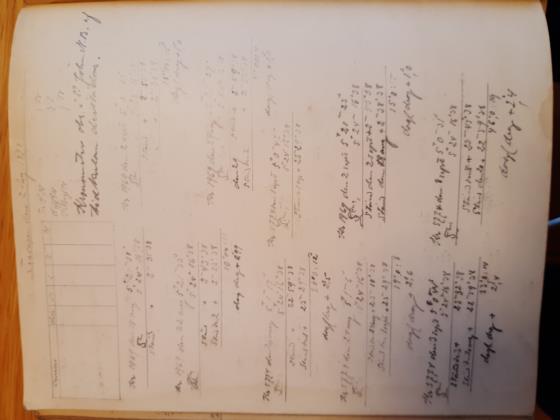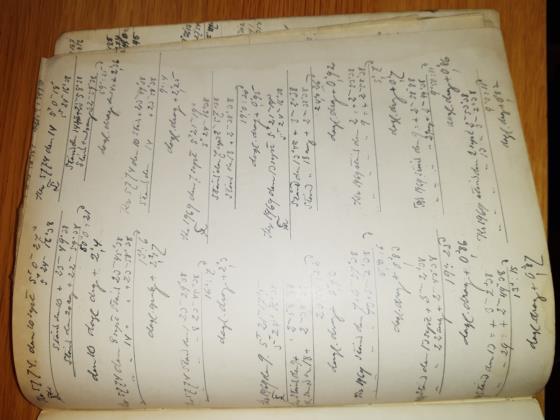
NavList:
A Community Devoted to the Preservation and Practice of Celestial Navigation and Other Methods of Traditional Wayfinding
From: Lars Bergman
Date: 2024 Jan 24, 12:27 -0800
Frank, you wrote "navigators did take chronometers to "clock shops" for rating. It wasn't a rare thing". This is very interesting; I have never, yet, came across such information. Could you please provide some evidence or references to confirm this statement.
I am aware of the difference between a chronometer's error (at a certain time), and its rate. If you don't have some kind of "speed meter" that directly measures the "speed" of the clock (with an accuracy on ppm-level) then you have to determine the rate indirectly by taking the difference of errors measured at different times and divide by the time interval between those measurements. Exactly as you propose in your imagined scenario.
Some ports had time signal facilities, time balls have been discussed on NavList in recent years. Attached is an interesting document showing the rating of two chronometers aboard a not yet with certainty identified Finnish (then Russian) vessel, at Saint John, New Brunswick. It is probably from the late 1890-ies. During a period of nearly a month the time ball was watched when it was released at 1 hour p.m. local mean time. This resulted in seven error determinations for each chronometer. If anyone is interested, please provide the best estimate of error on GMT at Greenwich mean noon of 15 September, and the daily rate, for each chronometer respectively. Use of contemporary calculation methods is appreciated.
Lars








